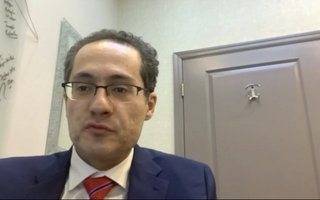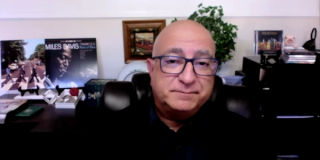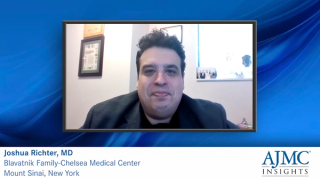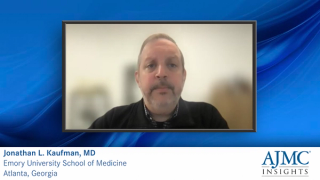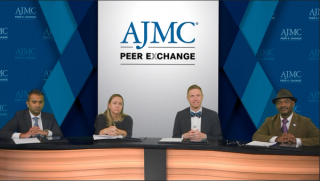
Multiple Myeloma
Latest News
Latest Videos

CME Content
More News

The findings, say the researchers, provide a basis for future exploration of the activity of energy metabolism pathways in clonal plasma cells of patients newly diagnosed with the disease.

With survival of multiple myeloma ranging from less than 1 month to over 10 years, the researchers highlighted the importance of risk stratification to quickly identify patients who are high risk with poor prognosis and could benefit from different treatment strategies and close surveillance.

Of the 5800 patients included in study, 20% were Black, which the researchers say adequately represents disease incidence among the population.

Our panel concludes with their plans to incorporate RWE into MM management in the future.

Dr Baljević discusses unmet needs that are typically seen in the management of MM.

A simple score can identify the patients at risk of severe infection within 4 months of initiating treatment, highlighting candidates to be treated with prophylactic antibiotics.
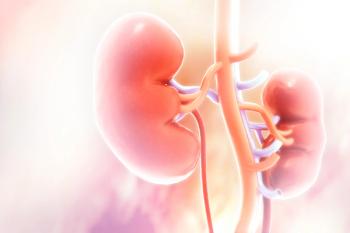
Chronic kidney disease is a common complication in multiple myeloma, and a recent study found it is safe to treat this patient population with autologous stem cell transplantation.

Mesenchymal stem cells are known to promote tumor growth and metastasis in multiple myeloma (MM), but a recent study found they may also inhibit the effects of the corticosteroid dexamethasone, a common medication for the hematologic malignancy.

Dr Richter delves into how we can better educate patients and physicians on RWE to improve decision-making.

The panel moves the discussion to non-comparative RWE and how that can play a part in their decision-making for MM therapy.

While studies have explored risks among patients with multiple myeloma, recent research is the first to compare cardiovascular mortality risk in multiple myeloma to that of the general population.

Dr Beveridge explains potential barriers a physician can encounter when implementing RWE into MM therapy.

The panel elaborate on how they’ve incorporated RWE into their decision-making processes for their patients with MM.

Flow–minimal residual disease (MRD) assessment in patients with multiple myeloma (MM) was found to be a good tool for early detection of MRD and could aid providers in treatment decision-making.

A recent study aimed to identify associations between socioeconomic status, allostatic load, and clinical trial end points in patients with multiple myeloma (MM).

Jay Weaver, PharmD, MPH, and Muhamed Baljević, MD, FACP, discuss how RWE can affect the management of MM.

Dr Richter relays some of the differences between real-world evidence (RWE) and RCT data, as well as how they can work together when determining therapy.

Whether a patient is refractory to initial treatment dictates the future course of care.

Relapse remains a daunting reality in multiple myeloma, but clinicians have more tools to work with to fight the disease.

Dr Baljević explain some of the limitations physicians can come across with applying randomized clinical trial (RCT) data to MM treatment.

A panel of experts elaborate on the decision support tools that are utilized by physicians to give patients high-value regimens.

Weight and changes in it can indicate implications for cancer risk and cancer diagnosis, according to 2 abstracts being presented at the American Association for Cancer Research Annual Meeting.

The panel discusses the data used to evaluate healthcare resources for MM therapy, as well as economic burden.

Dr Beveridge provides a payer’s perspective on the available regimens for MM treatment.

A new frailty-based outcome prediction model for multiple myeloma (MM) was found to be an easy-to-use tool in clinical practice and produced valid results based on a large real world cohort of patients with a new MM diagnosis, according to a recent study.







